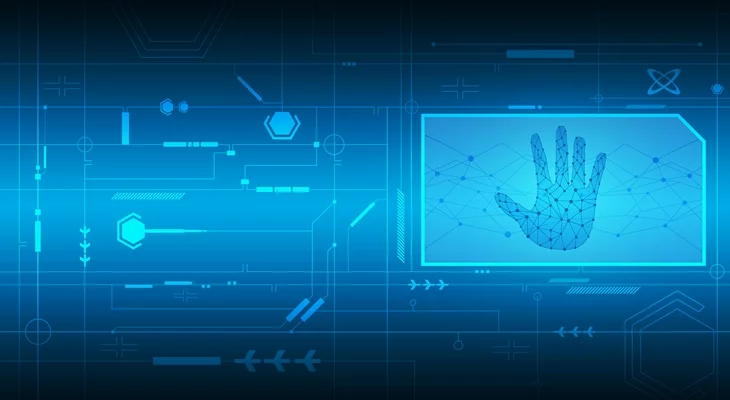What is multifactor authentication?
It is a method of authentication through which access to the computer system is granted after the successful verification of two or more factors/ steps.
Generally, the Multifactor Authentication mechanism consists of two or three-factor authentication. It is decided by using the combination of the following factors:
1. Knowledge: Something users and only users know
2. Possession: Something, only the users, possess
3. Inherence: Something, the users and only the users are
4. Time: Verification of identity through the time
5. Location: Verification of identity through the location
The easiest example to understand Multifactor Authentication is the withdrawal of money through ATMs. It works on two-factor authentication.
1. PIN
2. Debit/Credit Card
What is Mainframe Technology?
The computers are mainly used to execute critical applications such as big data processing, Enterprise Resource Planning (ERP), transaction process, etc.
The Need for Multifactor Authentication to Mainframe Access
The main purpose of the MFA in mainframe is to make access to the authorized personnel harder which will make the unwanted access that more difficult.
The Liability of passwords
One of the problems with the use of the traditional password method was the need of maintaining the database which if ever intercepted by a hacker will lead to major cyber-espionage irrespective of the encryption of the data.
The technological advancements have made sure that the password database won’t stand a chance against the modern-day hackers.
The Critical Nature of Mainframe Systems
As the mainframe systems are designed to execute the critical applications involving big data processes and highly sensitive data; the security measures have to be given the top priority.
The provision of multi-layered or Multifactor Authentication solves this particular problem with the required precision.
Technological Transformations
With the increasing technological transformations, many organizations are making a switch towards the Multifactor Authentication (MFA) for the Mainframe access. Earlier, this access was provided for mobile phones, laptops, and tablets, etc. devices.
Ease of Accessibility
Accessibility plays a pivotal role in the modern-day work culture. MFA provides safe and secure access to the users from anywhere around the world (Locations which are marked as allowed by the admin).
Applications of Multifactor Authentication (MFA) in Mainframe Access
Financial Services
Financial Services use the client data which is very critical, and if exposed the liabilities are humungous. Fortunately, most of the Financial Services Companies are using the MFA for the safe and secure access to its servers.
Research & Development
The Research & Development wing of an organization deals with the data which is the intellectual property of the organization. This makes it even more essential to protect this data.
Conclusion:
If you are an organization that wants to put a step forward and secure your business data then stop wasting your time on password and embrace the Multifactor Authentication for the Mainframe Access.
You may also like: How Digital Asset Management Process Flow Works?





